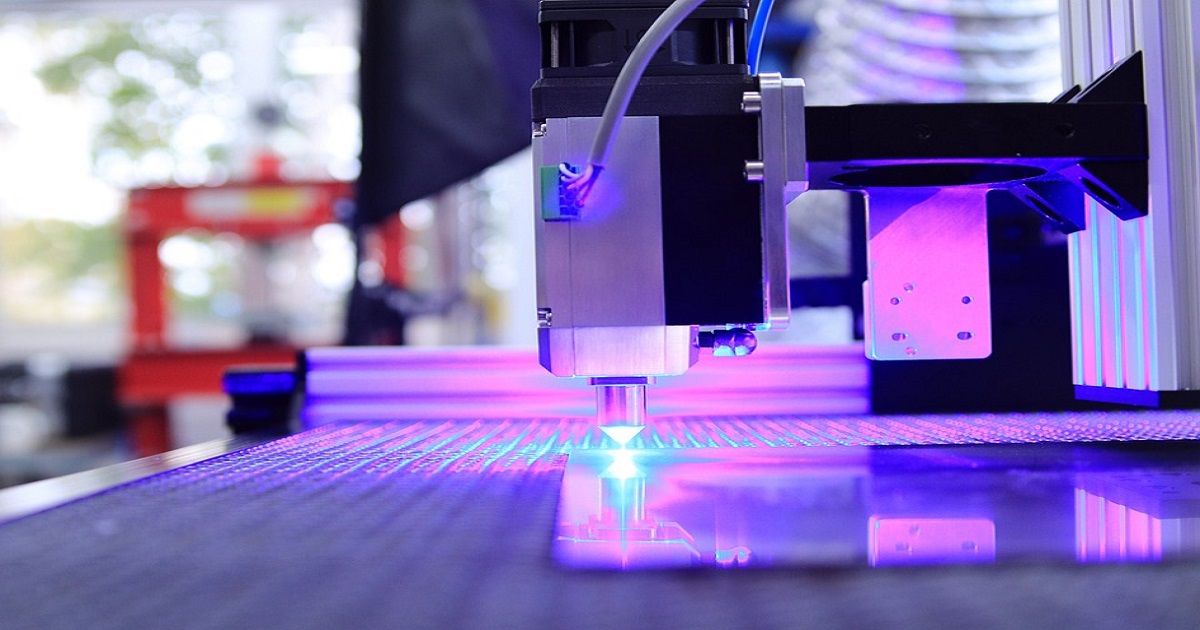- 2.5Impact Factor
- 4.6CiteScore
- 17 daysTime to First Decision
Laser and Plasma Processing of Advanced Functional Materials for Magnetic, Electrotechnical and Electrochemical Applications
Special Issue Information
Dear Colleagues,
We are currently running a joint Special Issue between the MDPI journals Magnetochemistry and Materials. As Guest Editors, we cordially invite you to submit a manuscript for consideration and possible publication in this joint Special Issue, entitled "Laser and Plasma Processing of Advanced Functional Materials for Magnetic, Electrotechnical and Electrochemical Applications".
The aim of this joint Special Issue is to cover all relevant aspects of materials science, highlighting the benefits of laser and plasma processing. Thus, submissions on laser ablation—in vacuum, in a controlled atmosphere, or in liquids—are all welcomed. Particular emphasis is placed on thin film deposition, nanostructures, nanomaterials, and nanocomposites for applications in magnetism, electrical engineering, and electrochemistry. Accordingly, this joint Special Issue welcomes original research and review manuscripts on the challenges and trends covering fundamental and experimental research, with a special focus on the design, synthesis, and characterization of any type of advanced functional materials, including:
- Magnetic materials and compounds—including glasses and ceramics (metals, oxides, non-oxides, composites, etc.); ferroelectric materials and multiferroics; and superconductivity materials and their response to magnetic fields;
- Carbon allotropes and structures—including diamond and diamond-like carbon (amorphous carbon); graphite, fullerenes, and carbon sheets (graphene, nanotubes, nanobuds, nanowalls, and nanoribbons); and carbon fiber composites; activated carbon, carbon black, and carbonaceous nanomaterials;
- Organometallics and hybrid metal–organic materials—including for electrochemical synthesis, electroanalytical methods, and sensor applications;
- Functionally and/or structurally hybridized materials and technologies;
- Hybrid and nanohybrid materials for the removal of emerging pollutants.
The study of structure–shape–property relationships and related applications is also highly encouraged, in particular for magnetic sensors and electroanalytical applications. We also welcome manuscripts on the development of new experimental concepts, from the transfer, physical and/or chemical transformation, and high-resolution patterning of advanced thin films and nanomaterials to the design and fabrication of devices with use in environmental protection technology, ecology, and ecological applications and ecological science to address current environmental problems.
You may choose our Joint Special Issue in Materials.
Dr. Catalin-Daniel Constantinescu
Dr. Lucian Petrescu
Guest Editors
Manuscript Submission Information
Manuscripts should be submitted online at www.mdpi.com by registering and logging in to this website. Once you are registered, click here to go to the submission form. Manuscripts can be submitted until the deadline. All submissions that pass pre-check are peer-reviewed. Accepted papers will be published continuously in the journal (as soon as accepted) and will be listed together on the special issue website. Research articles, review articles as well as short communications are invited. For planned papers, a title and short abstract (about 250 words) can be sent to the Editorial Office for assessment.
Submitted manuscripts should not have been published previously, nor be under consideration for publication elsewhere (except conference proceedings papers). All manuscripts are thoroughly refereed through a single-blind peer-review process. A guide for authors and other relevant information for submission of manuscripts is available on the Instructions for Authors page. Magnetochemistry is an international peer-reviewed open access monthly journal published by MDPI.
Please visit the Instructions for Authors page before submitting a manuscript. The Article Processing Charge (APC) for publication in this open access journal is 2200 CHF (Swiss Francs). Submitted papers should be well formatted and use good English. Authors may use MDPI's English editing service prior to publication or during author revisions.
Keywords
- functional materials
- ceramic materials
- non-oxide ceramics
- laser and plasma processing
- magnetism and electrical engineering
- thin films and multilayers
- planar transformers
- modeling and simulation

Benefits of Publishing in a Special Issue
- Ease of navigation: Grouping papers by topic helps scholars navigate broad scope journals more efficiently.
- Greater discoverability: Special Issues support the reach and impact of scientific research. Articles in Special Issues are more discoverable and cited more frequently.
- Expansion of research network: Special Issues facilitate connections among authors, fostering scientific collaborations.
- External promotion: Articles in Special Issues are often promoted through the journal's social media, increasing their visibility.
- e-Book format: Special Issues with more than 10 articles can be published as dedicated e-books, ensuring wide and rapid dissemination.

